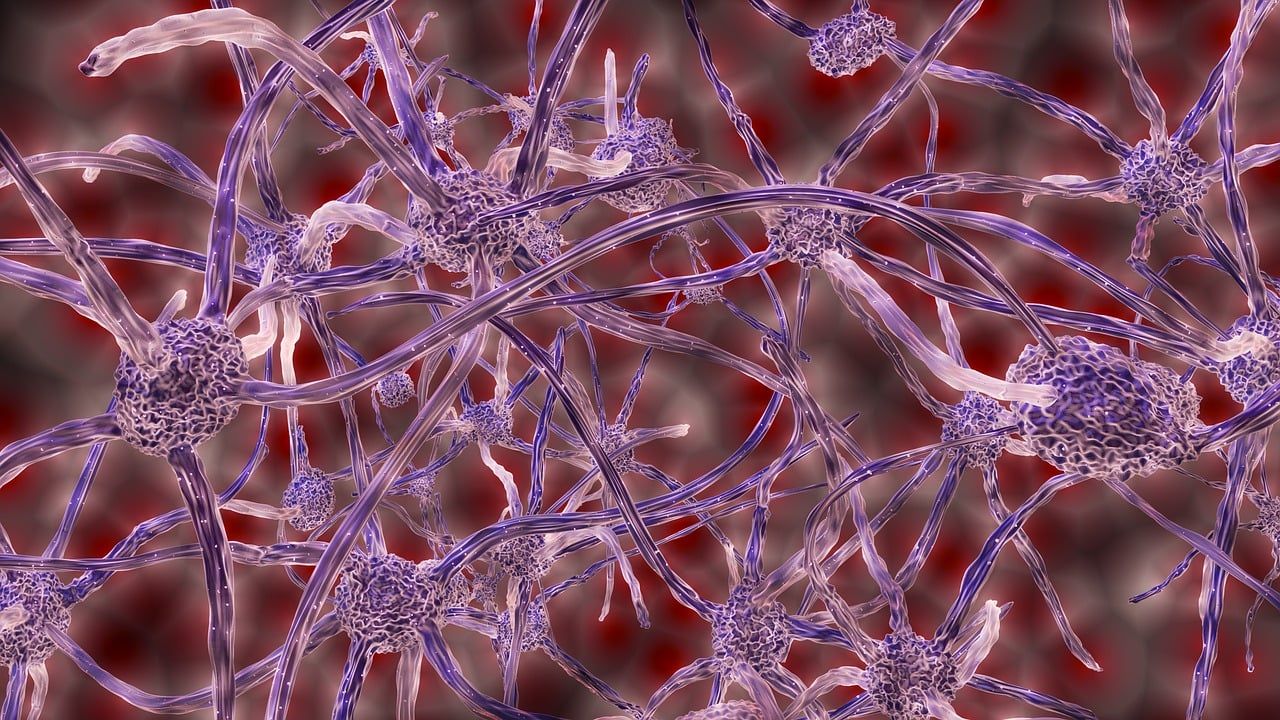Follow us on Google News (click on ☆)
This study shows that the firing rate of these neurons decreases by up to 50% before the first behavioral manifestations of Alzheimer's occur in an animal model of the disease.

Illustrative image from Pixabay
To demonstrate this, the research team studied specific type 3 interneurons (I-S3) in the hippocampus, a brain region associated with memory and spatial orientation, which is affected from the early phases of Alzheimer's. "About 90% of the neurons in this area are pyramidal cells that encode information. Their activity is governed by interneurons, which are in turn controlled by I-S3 cells. These cells thus act as the conductor of the neural networks," explains the study's lead researcher, Lisa Topolnik, a professor at the Department of Biochemistry, Microbiology, and Bioinformatics, and a researcher at the CHU de Québec-Université Laval Research Center.
To study the role of I-S3 cells in Alzheimer's, the research team crossbred transgenic mice that express the main manifestations of Alzheimer's with transgenic mice that produce green fluorescent protein in their I-S3 cells. "This allows us to locate the I-S3 cells in the brain and study their morphology and physiology as the mice age and Alzheimer's progresses," explains Professor Topolnik.
Observations in these mice, aged between 90 and 260 days, revealed that the abundance and morphology of their I-S3 cells remained unchanged. "However, the firing rate of these regulatory interneurons decreased by about 30% to 50%, notes the researcher. The malfunctioning of these cells could thus lead to an imbalance in the neural networks, which could affect memory."
Professor Topolnik believes that the progression of the early phases of Alzheimer's could be altered if it were possible to restore the normal activity of I-S3 cells. "Our findings suggest that certain ion channels in these cells are altered, which would explain why their firing rate decreases. This makes them interesting therapeutic targets, especially since the four drugs currently approved in Canada for treating Alzheimer's utilize other cellular mechanisms. A drug that specifically targets the ion channels of I-S3 cells would expand the range of tools available to treat individuals with Alzheimer's."
The signatories of the study published in eLife are Félix Michaud, Ruggiero Francavilla, Dimitry Topolnik, Parisa Iloun, Suhel Tamboli, Frédéric Calon, and Lisa Topolnik.